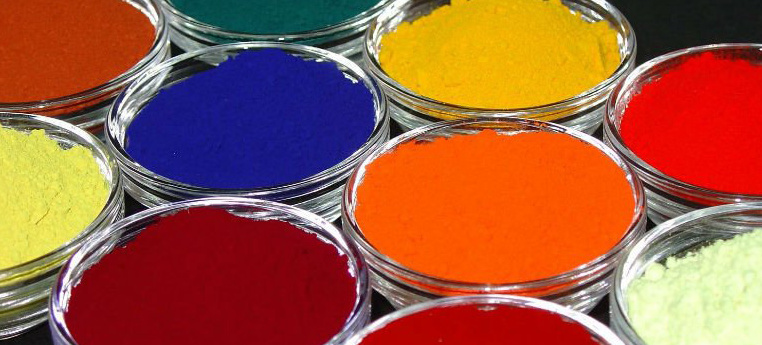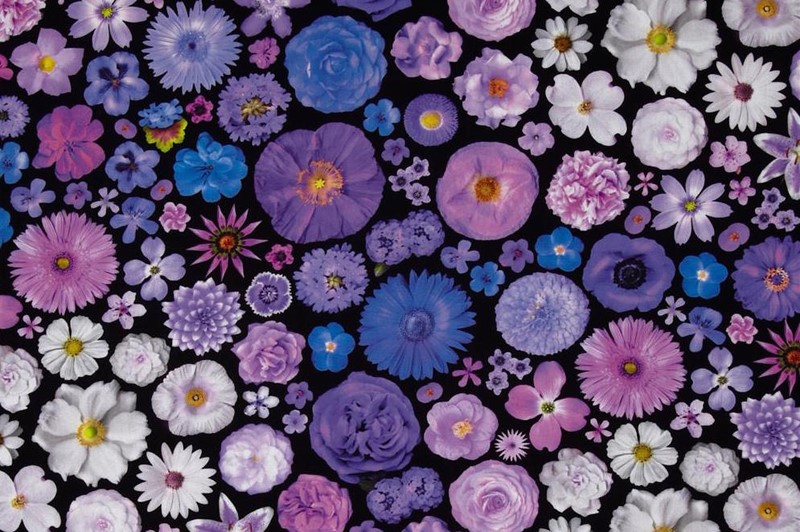What is Dye?
A dye or dyestuff is usually a colored organic compound or mixture that is used for imparting color to a substrate such as cloth, paper, plastic, or leather in a reasonably permanent fashion.
In other words, a dyed substrate should be resistant to normal laundry or cleaning procedures.

The dye can be synthetic or natural i.e. it can be collected from nature or can be made by the chemical. Traditionally natural dye was used but in the 19th-century synthetic dye was produced on a large scale and created demand in the market. Now for dying purposes most cases synthetic dye is used rather than natural dyes. Synthetic dye is human-made and it is getting very popular because of its low cost and availability. On the other hand, natural dye is very much expensive, and sourcing raw materials is not easy. Natural dye is mainly used in food color but in the textile most of the dye is chemical-based. You may find that this chemical-based dye is not good for the human body.
White Dye
White dye is one kind of commonly used dye. Some colorless compounds are used as the optical brightness. They may also be called white dye. They have the special properties of absorbing UV light & re-emitting the visible light so that the fabric appears bright Example: OBA which means optical brightening agent.
Selection Procedure of Dye
These are Numerous factors are involved when it comes to selecting dye and emulsion remover for coloring a fabric in a particular shade. Some of the important factors that need to consider before selecting dye are:
- Types of fiber
- Form of textile materials
- Fastness properties
- Method of dyeing
- Cost
- Available machine
- Available of dyes.
Written by
Samina Ferdous (pue)
Chittagong textile engineering college (CTEC) 6th batch.


Great